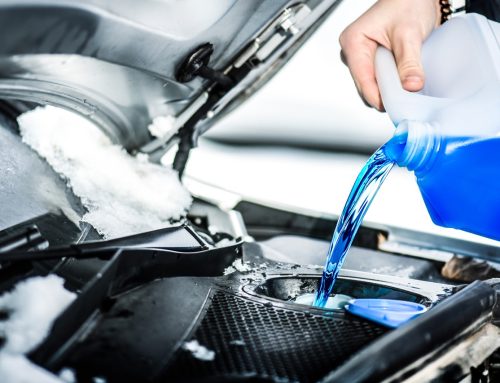
Your vehicle is powered by an engine. In order for your engine to work correctly, it needs to use motor oil. While many people think that motor oil has one main purpose, it actually has four basic functions.
Lubrication
At its most basic function, motor oil is designed to help lubricate the parts of the engine. This lubrication is particularly important when the engine is first turned on, when the oil must quickly pump throughout the engine so that there is adequate cranking speed for the engine to start. After starting, the oil covers all the moving parts with a slippery film, which allows them to pass by each other without any friction. Friction can cause the engine to lose power and cause damage, so the oil must work to reduce the amount of friction caused by the different metal parts in the engine.
Protection
Not only does oil protect the engine against the wear that friction can cause, it also helps protect the engine parts from corrosion. Condensation, combustion, and oxidation can cause acids to build up within the engine – acid that can wreck havoc on your engine. Motor oil is specifically designed to help fight against these acids.
Cleaning
The oil running throughout your engine helps keep harmful deposits from forming. These deposits can gum up the engine, affecting overall performance and reducing fuel efficiency. The oil removes the deposits and keeps them in suspension, to be discarded when the oil is changed.
Cooling
While the radiator is responsible for the upper portion of your engine, motor oil works to cool the rest. This includes many of the critical components in your engine, such as the timing gears, pistons, crankshaft, camshaft, main and connecting rod bearings. The motor oil in your engine is sent to the areas that create the most heat and carries that heat away to the oil pan, where it is dissipated into the surrounding air.






